Binary To ASCII
The Binary to ASCII Converter tool allows you to convert binary code into ASCII text, providing an accurate and instant translation of your input. This tool is perfect for developers, students, and anyone working with digital data who needs to decode binary into readable ASCII text. The process is straightforward and efficient, ensuring precise conversions every time.
Share on Social Media:
Effortless Binary to ASCII Conversion: Your Ultimate Guide
Turning binary to ASCII is essential yet can seem complex. If you need to convert a stream of binary digits into readable text, this concise guide will explain the necessary steps to take and introduce resources to simplify the task at hand.
Key Takeaways
The binary to ASCII conversion is a fundamental process allowing computers to interpret human-readable text by converting binary digits into ASCII characters, using an ASCII table as a reference for this translation.
While binary code operates with 0s and 1s representing data, ASCII (American Standard Code for Information Interchange) assigns numerical values to English letters, digits, and control codes, expanding binary’s capacity for text encoding.
Various methods and tools, including manual conversions, online binary translator tools, and advanced techniques for non-printable and extended ASCII characters, exist to facilitate the binary to ASCII conversion for both simple and complex applications.
Demystifying Binary to ASCII Conversion
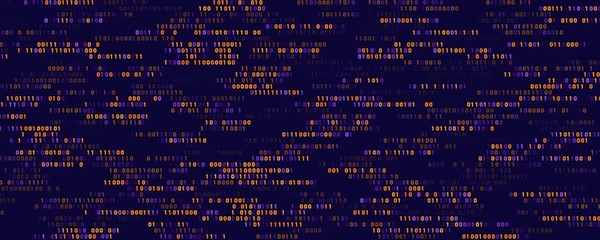
Binary code and ASCII interweave seamlessly in the digital world, facilitating a flawless interaction between machine language and human understanding. To convert binary to ASCII is to bridge two realms—turning the abstract into the intelligible. This essential process, performed by a binary code translator, ensures that every keystroke, every digital command, and every piece of text is rendered in a form that’s both computable by machines and readable by humans.
Understanding Binary Code
Binary code, made up solely of 1s and 0s, epitomizes simplicity and serves as the basic language of computers. Born from the mathematical genius of Gottfried Wilhelm Leibniz, the binary number system is powerfully efficient, representing complex data with just two digits. Every bit is a pulse of possibility, while a byte, the eight-bit ensemble, serves as the basic unit of digital memory.
In this framework, each digit’s position in the binary system signifies an increasing power of 2, beginning from the rightmost bit. Even a solitary zero is a valid byte, a testament to binary numbers’ elegant simplicity.
The Role of ASCII in Text Encoding
While binary code lays the foundation, ASCII animates it by translating binary into a comprehensible form—text. Since its standardization in 1967, ASCII has become the cornerstone of text encoding, defining a numerical value for every character and bridging the gap between human language and binary data.
It’s an ASCII code that encompasses not just the English alphabet but also control codes that govern how text appears and behaves across different platforms. Each character in the ASCII system is assigned a unique number within a range from 0 to 127, creating a comprehensive map that translates binary to text.
Step-by-Step: Converting Binary to ASCII
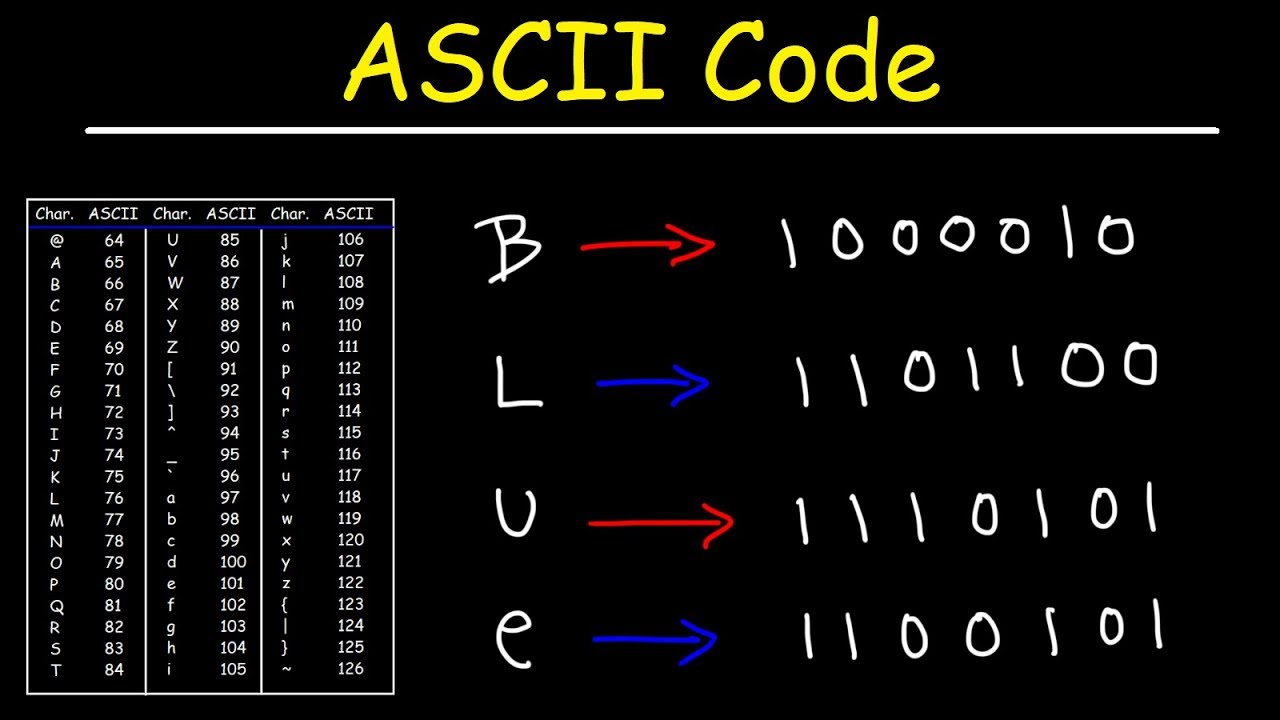
Although the conversion of binary to ASCII might initially appear overwhelming, it turns into an intriguing puzzle with the correct approach. The manual method involves a dance of numbers, transforming binary digits into decimal and then using the ASCII table as a guide to unveil the corresponding characters.
For the tech-savvy, online binary translator tools, such as binary to ASCII converters, are magical tools that automate this process, interpreting each set of binary digits and revealing their ASCII counterparts with a click.
Binary To ASCII by PagesTools.com
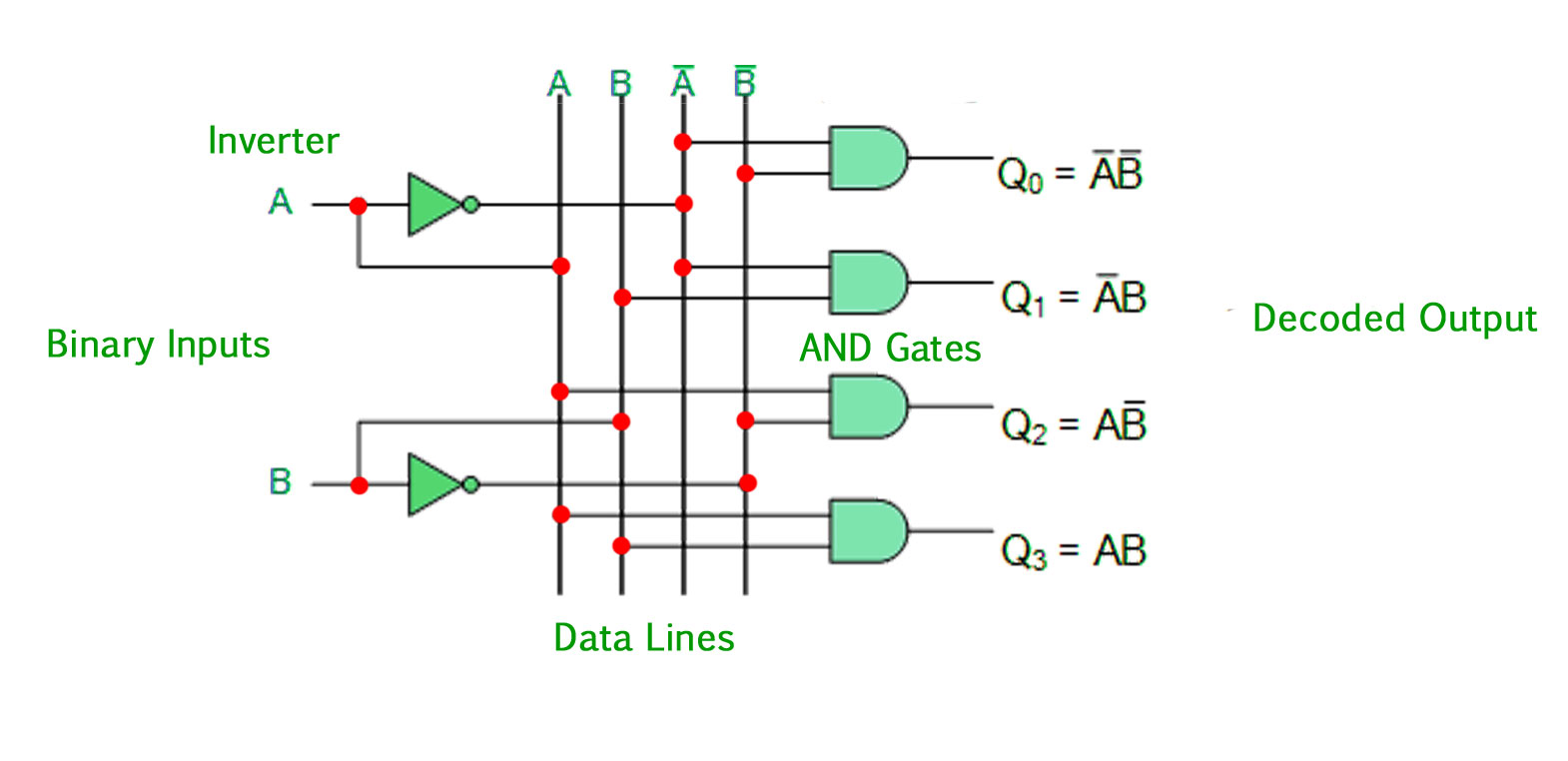
Accuracy is paramount when translating binary code to ASCII. PagesTools.com exemplifies this meticulous approach, breaking down the conversion into manageable steps that guarantee accuracy. The process begins with decoding each byte, a critical step that lays the foundation for an accurate conversion from binary to ASCII.
Decoding Each Byte
Within the realm of binary, a byte serves as your cornerstone, symbolizing a single ASCII character through an 8-bit sequence. Decoding each byte is like unlocking a tiny vault containing the secrets of ASCII. By reading each binary sequence as a series of powers of 2, starting with the least significant bit, the byte reveals its true nature as an integer, ready to be transformed into an ASCII character.
From Binary Digits to Decimal Codes
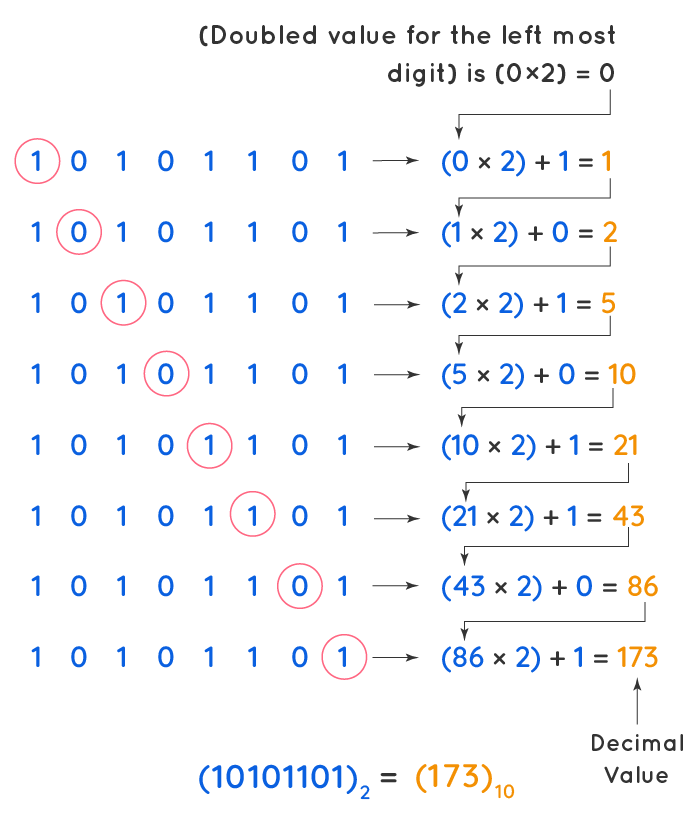
Following the decoding of binary bytes, the subsequent move involves transforming those binary digits into decimal codes. This transformation is achieved by aligning each binary digit with its corresponding power of 2, creating a sum that represents the decimal equivalent.
For those who prefer a different rhythm, the doubling method offers an alternative approach, where the running total is doubled, and the next binary digit is added, marching from left to right until the conversion is complete.
Translating Decimal to ASCII Character
Having expressed the binary digits as decimal codes, we are on the verge of a breakthrough. The ASCII table beckons, its rows and columns a map to the final destination. By referencing the table with our decimal code, the corresponding ASCII character emerges—a letter, a number, a symbol—bringing meaning to the previously inscrutable binary sequence.
ASCII Table Unveiled
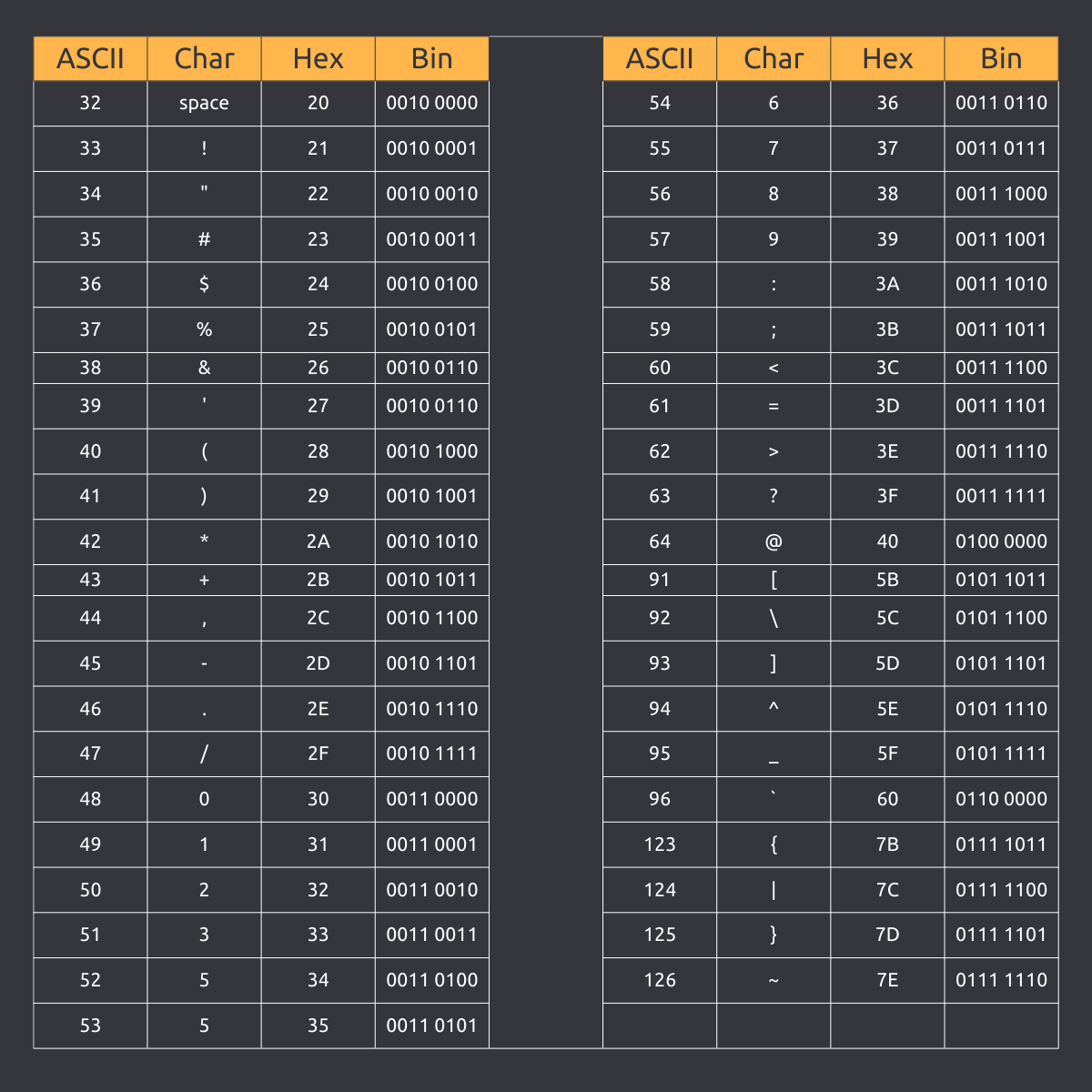
The ASCII table serves as a repository of symbols, covering every keystroke from the simple space to the complex curly brace. It’s here that the full spectrum of the ASCII character set is displayed, a library of 128 unique symbols that includes every digit and letter needed to compose the English language, as well as a host of special characters and commands.
ASCII Values and Their Meanings
Each character within the ASCII realm is assigned a unique decimal number. The uppercase letters of the alphabet span a range from 65 to 90, while their lowercase counterparts reside comfortably between 97 and 122.
These numerical values serve as the secret handshake between binary code and the characters we use every day, allowing for the translation of complex data into a form we can easily understand and use.
Punctuation Marks and Special Symbols in ASCII
The ASCII table is not just about letters and numbers; it also houses a variety of punctuation marks and special symbols, each with its designated spot within specific numerical ranges. From the essential comma to the ubiquitous at symbol, these characters play pivotal roles in our digital communication, ensuring clarity and precision in our textual expressions.
Advanced Binary to ASCII Techniques
Advanced binary to ASCII conversion techniques include:
Navigating the nuances of non-printable characters
Understanding extended ASCII codes
Expanding the breadth of characters and symbols that can be translated from binary.
Binary Hexadecimal ASCII Encoding
Hexadecimal serves as a bridge between the binary and ASCII worlds, providing a more compact and human-friendly format for binary code. By grouping binary digits into sets of four, each quartet translates directly into a hexadecimal digit, which can then be converted into an ASCII character.
Dealing with Extended ASCII Codes
Venturing beyond the 127-character limit of standard ASCII lies the domain of extended ASCII codes. These codes pave the way for a multitude of additional characters, essential for accommodating the diverse symbols used across different languages and regions.
Tools and Utilities for Binary to ASCII Conversion
The digital age brings an array of tools and utilities for binary to ASCII conversion, each as essential as they are diverse. These solutions range from simple online converters to sophisticated software, offering a spectrum of functionalities designed to meet the needs of casual users and professional developers alike.
Choosing the Right Binary Converter
Choosing an appropriate binary to ASCII converter depends on multiple factors. Accuracy, speed, and compatibility with different devices and operating systems are the hallmarks of a reliable converter, ensuring a seamless and error-free translation of binary data.
How to Use Online Binary to ASCII Converters
The ease of using online tools to convert binary code, as well as convert binary data, is remarkable. With a user-friendly interface, these binary code converter tools invite users to enter binary code into an input field, click the convert button, and witness the transformation into ASCII text—a process that’s both gratifying and astonishingly simple. Once the conversion is complete, users can save the output as a txt file for further use.
Practical Applications of Binary to ASCII Conversion
Binary to ASCII conversion finds practical use across various facets of digital technology, including electronic communications transmission and sophisticated software debugging. This process is not just theoretical—it’s a daily reality that underpins the functionality of countless devices and systems we rely on.
Binary Data Interpretation in Computing
ASCII’s role in computing goes well beyond simple text display. It is the linchpin that allows for the interpretation of binary data, providing a standardized approach to encoding characters across various interfaces and mediums.
Text to Binary and Back: Information Interchange
Information exchange in the digital domain hinges on the capacity to transform text to binary and back. This process is instrumental in enabling electronic communication, allowing data to be shared, processed, and understood across a multitude of platforms.
Summary
As we reach the end of our journey, it’s clear that the conversion of binary to ASCII is far more than a technical exercise—it’s a symphony of digits and characters that enables the digital world to function in harmony. From the early days of teleprinters to the latest online converters, this process remains a vital element of our interconnected existence. Embrace the power of binary to ASCII conversion, and you hold the key to deciphering the language of our digital epoch.
Frequently Asked Questions
What is binary code and why is it important?
Binary code is important because it's the language computers use to process and store digital data, represented by the digits 0 and 1. It is a crucial system for computers to understand and work with data effectively.
How exactly does ASCII make binary code readable?
ASCII makes binary code readable by assigning a unique numerical value to each printable character and control code, creating a standardized system for translating binary digits into human-readable text. This allows computers to represent and communicate text-based information efficiently.
Can binary code represent characters other than English letters and numbers?
Yes, binary code can represent characters beyond English letters and numbers, including punctuation marks, mathematical symbols, and control characters. This makes it versatile for text-based communication.
What are some practical uses of binary to ASCII conversion?
Binary to ASCII conversion is used in electronic communications, hardware interfaces, and software development for various practical purposes.
Are online binary to ASCII converters accurate and reliable?
Online binary to ASCII converters are accurate and reliable for translating binary code to text, providing 100% accuracy in conversion results.